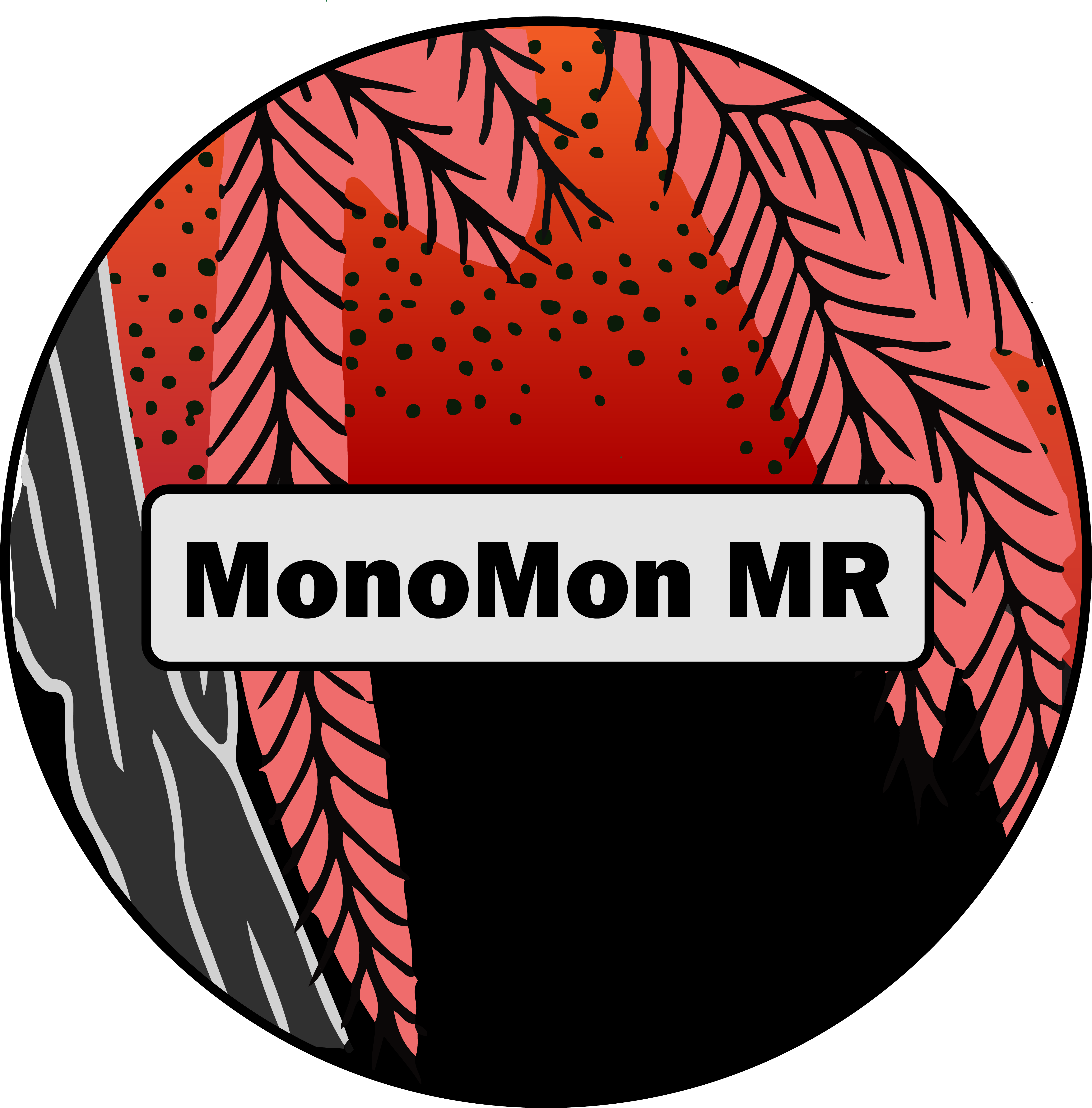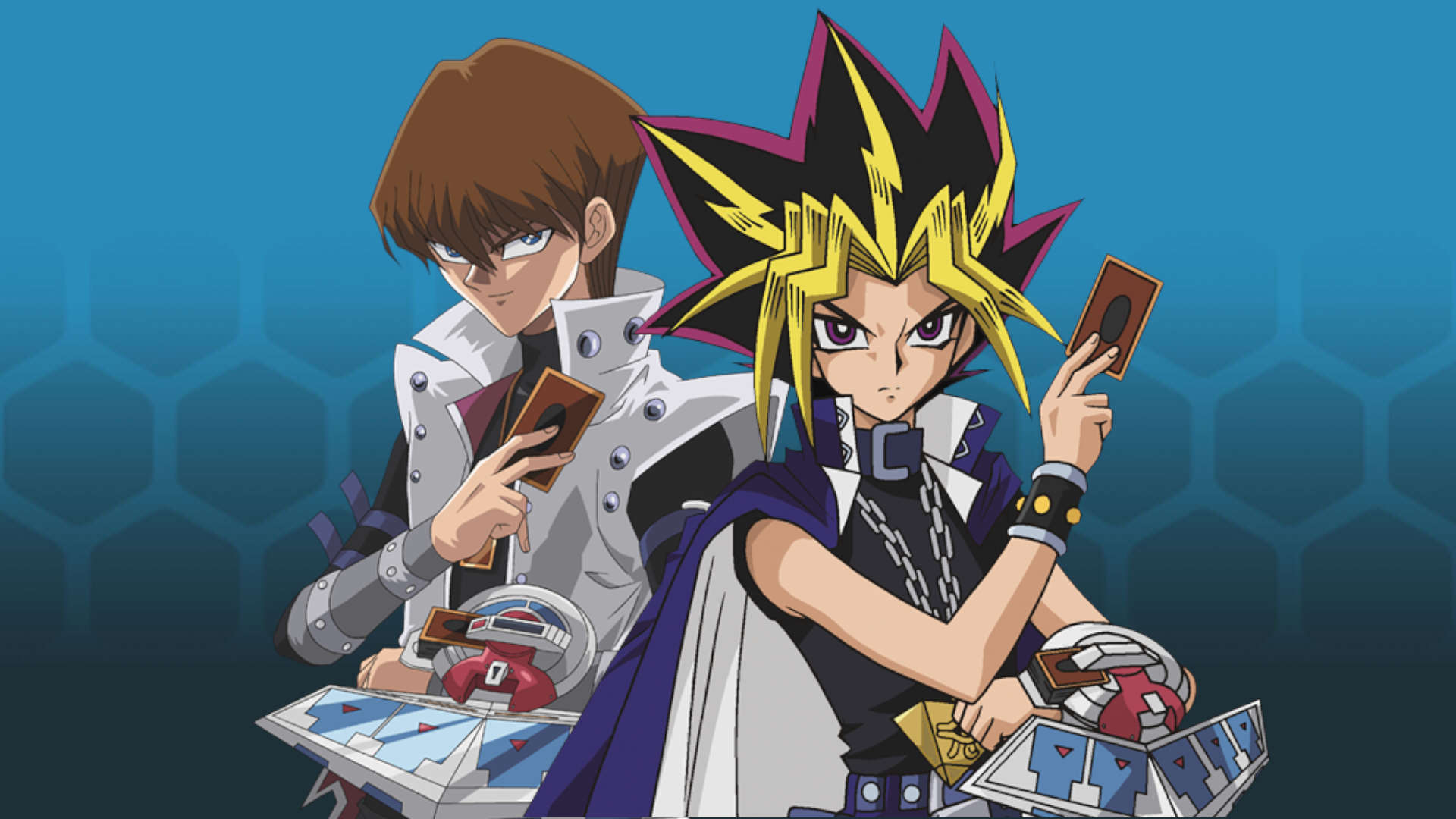We are excited to start the semester! It’s been a long way for this pitch project to be here. We will be a team of six graduate students from CMU, along with our project advisors, Dave and subject expert Jesse. Throughout the semester, we will set development goals for ourselves to finish the final deliverables.
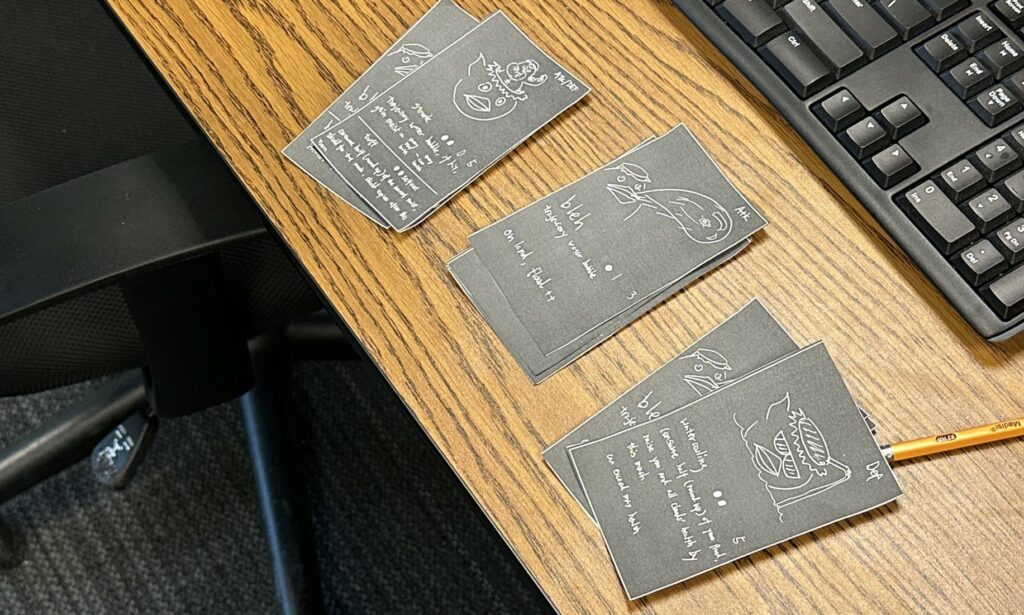
Production
Our team will use agile methodology this semester, which means we break the development spine into 5 phases: plan, design, develop, playtest, and review. We aim to rotate the development spine every week, which means our team will iterate every week based on the feedback. With the suggestion of our project advisor, we planned to hit our major milestones by half-presentation, which means all the essential functions should be completed by week 7.
Our team used Discord for the main communication channel, Monday.com for task management, and Perforce for version control. Below are screenshots of our production planning.
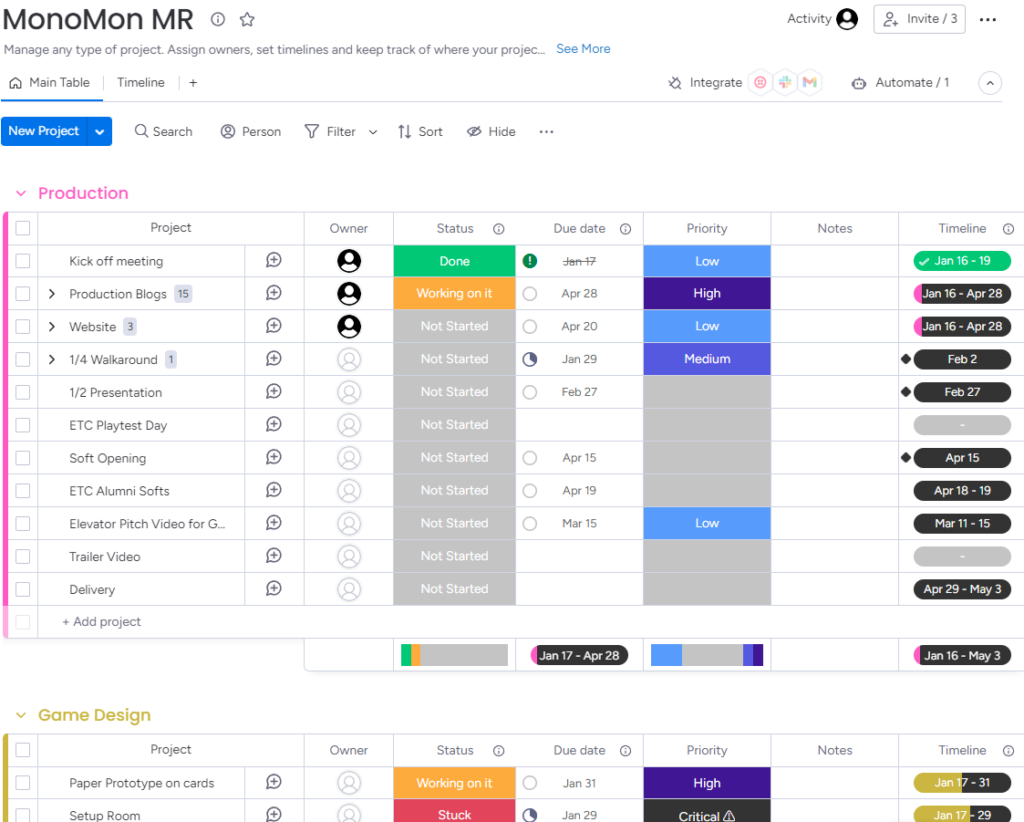
(Task management)
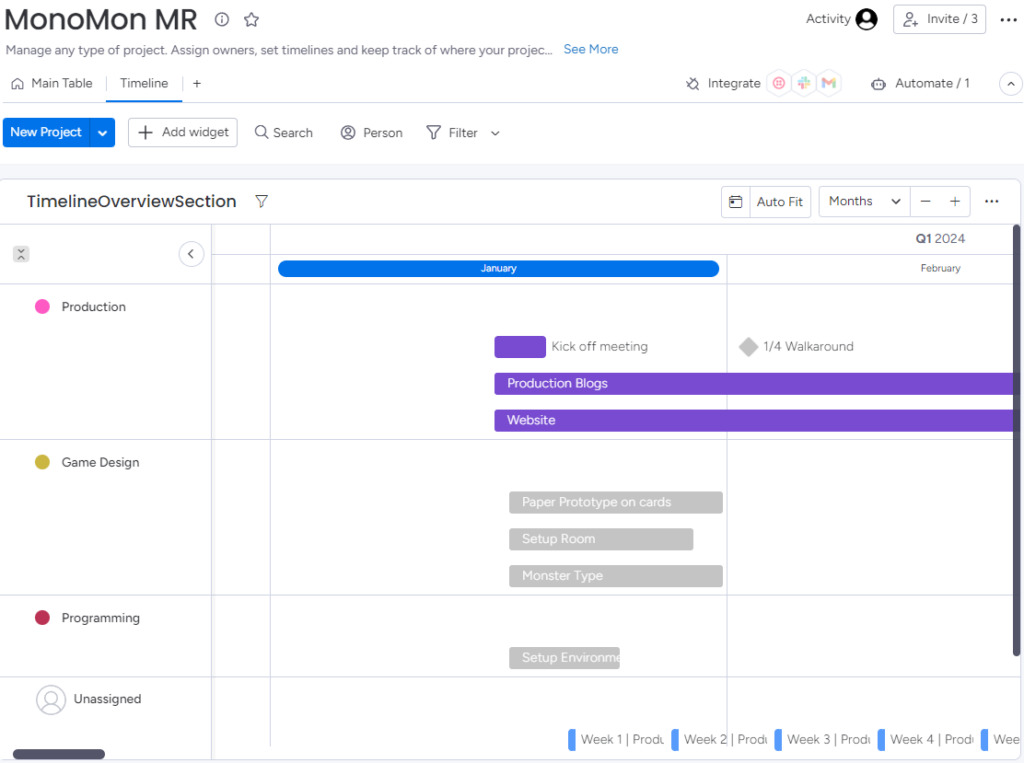
(Project Timeline)
Game Design
We’ve been deciding our main deliverables and target audiences the first week to keep everyone on track with what the final demo looks like and who we are designing for. One of our questions is balancing the strategic and physical in the mixed reality game.
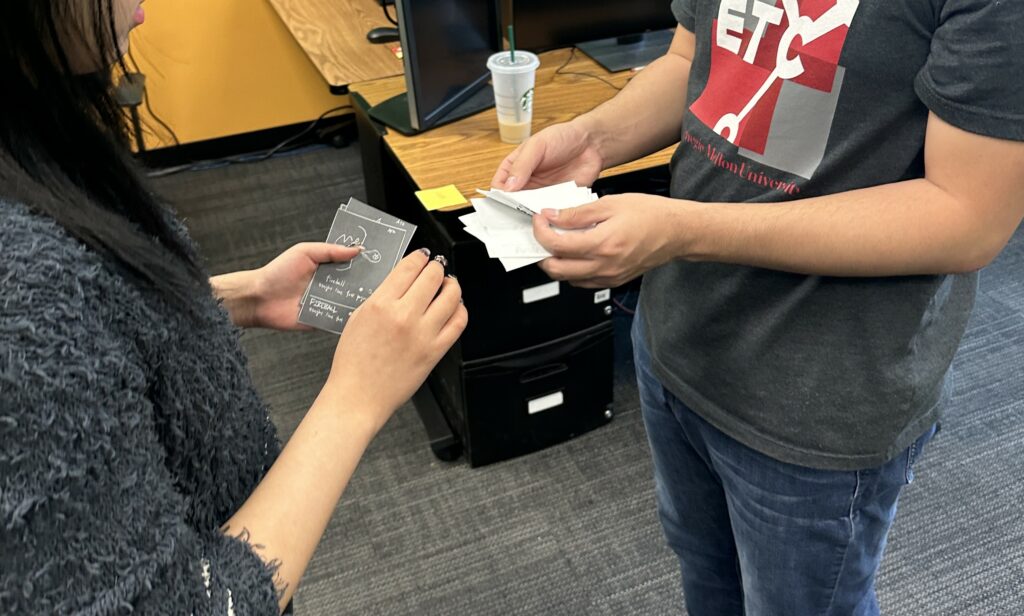
On Thursday, our team hosted a paper prototype session to test if we could focus more on the strategic side of the game. After the playtest, we realized the strategic part of the game needed to emphasize the environment and the actual interaction between players, which is opposite to the project’s primary goal. As a result, our team plans to run more quick paper prototypes to test game design containing different percentages of strategic and physical decisions in prototypes.
Our team also contacted our subject matter expert, Jesse Schell, to gather more insights for the mixed reality game design process. He raised an interesting point: “How designers deal with a player’s body in the environment which Yu-Gi-oh does not have.” At the same time, we also get valuable insights and suggestions in the game design area for us to solve in the coming week, including how players use their bodies in the game, how players use the environment, and the potential to walk away from big moments and see the little moment is fun to inspire our game development.
